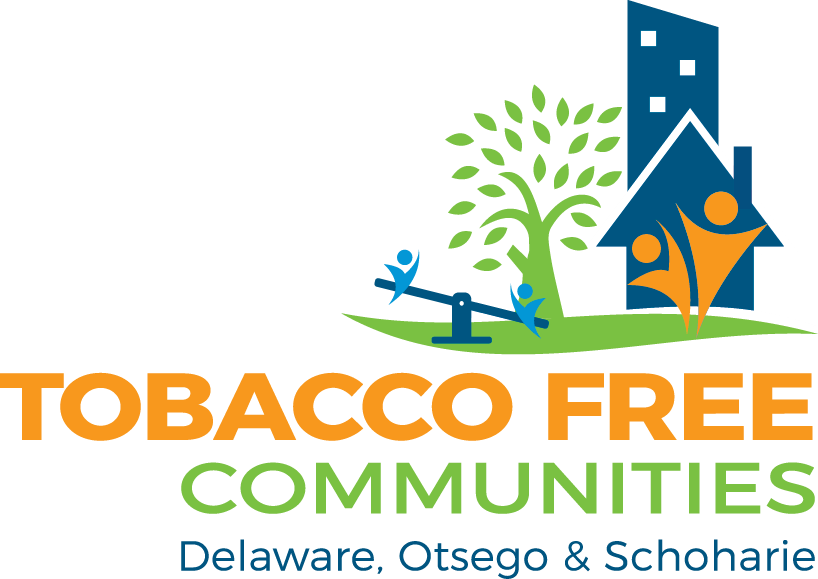Smoking in Movies Kills in Real Life (Letter to the editor)
Roll out those lazy, hazy, crazy days of summer. Enjoy eating at a backyard barbeque, swimming in a local lake and viewing a blockbuster movie with the family. Reality Check, the youth action program of Advancing Tobacco Free Communities in Delaware, Otsego and Schoharie Counties, cautions you, however, to be wary of your choice of film. Smoking/tobacco use is glamourized in movies to appeal to youth. The tobacco industry has a long history of using product placement and celebrity endorsements in movies to promote smoking and tobacco brands and recruit youth to become new users.
Tobacco use remains the number one cause of preventable death nationwide. It’s important to advocate to have all movies featuring smoking/tobacco use imagery to be rated “R” to decrease youth exposure to on-screen smoking.
Despite some improvement over the last two decades, smoking/tobacco use in movies persists. Tobacco product placement in media accessible to youth was banned in 1998. However, this year there was an alarming increase in smoking in Academy Award-nominated movies – 86% in major categories featured smoking ( a 60% increase from 2014) with the number of kid-rated films featuring smoking doubling over 2017.
In 2012, the U.S. Surgeon General concluded that smoking in movies causes youth to smoke. The more frequently youth observe smoking on screen, the more likely they are to start smoking. Youth who are heavily exposed to onscreen smoking imagery are two to three times more likely to begin smoking than are youth who are less exposed. If current trends continue, it’s projected that 5.6 million youth who are alive today will die from tobacco-related diseases.
Dr. Stan Glantz, a professor and director of the University of California, San Francisco, Center for Tobacco Control Research and Education, asserts, “There’s no excuse for continuing to have smoking in movies that are rated to be sold to kids. Keeping smoking onscreen is like putting arsenic in the popcorn.”
Parents, youth volunteers/leaders, youth development professionals, caring adults and youth themselves may express their concerns about tobacco imagery in youth-rated movies to the Motion Picture Association of America (MPAA) by sending letters to 1301 K St., NW Suite 900E, Washington, DC 20005, emailing contactus@MPAA.org or tweeting #RateSmokingR@MPAA.
Having all movies featuring smoking/tobacco use receive an “R” rating offers a viable option to address persistent on-screen tobacco use and prevent our impressionable youth from a lifetime of addiction. Smoking in movies kills in real life.
Linda E. Wegner – Program Director
Advancing Tobacco Free Communities – Delaware, Otsego & Schoharie Counties
Cobleskill, NY



